Mary Shelley
Presents:
Frankenstein
Purdue University, 2024
Directed By Claire Mason
Story Devised by LaQuetta Carpenter and Cast
Scenic Design by Rosalind Isquith
Lighting Design by Tatyanna Rodriguez
Sound Design by Noah Red Elk
Music by Victoria Bloom
Photos By Melodie Yvonne Ramey



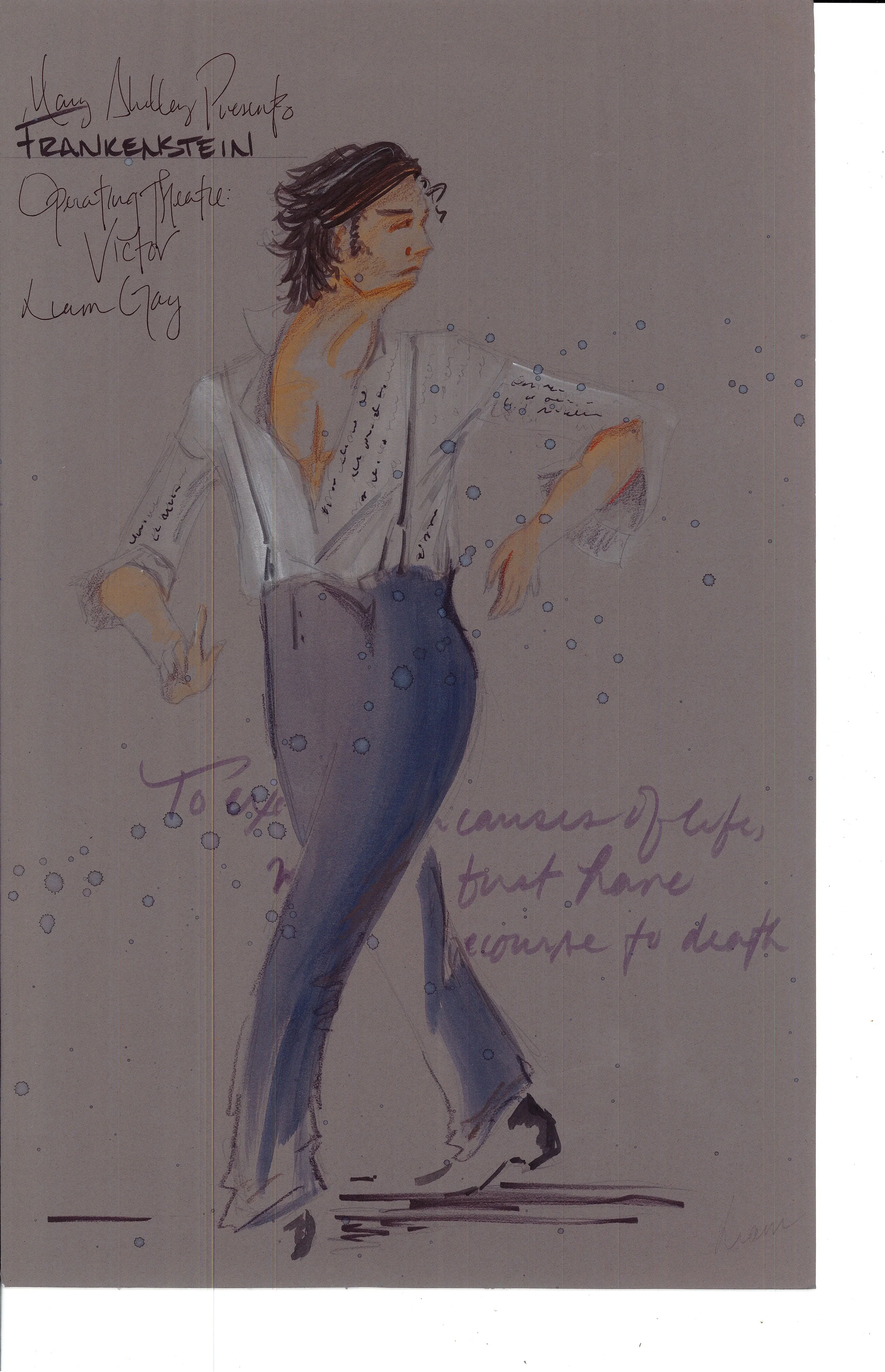



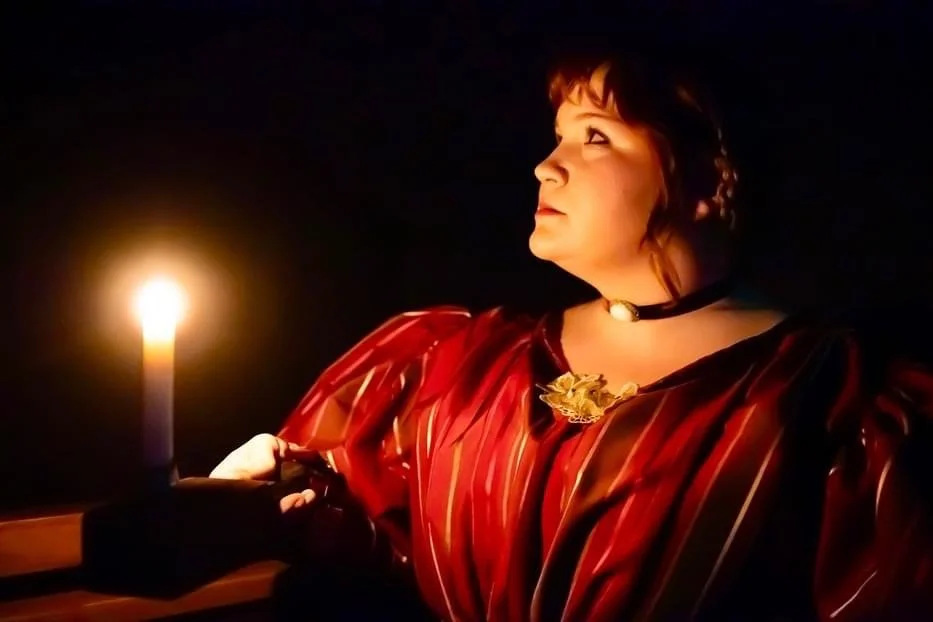
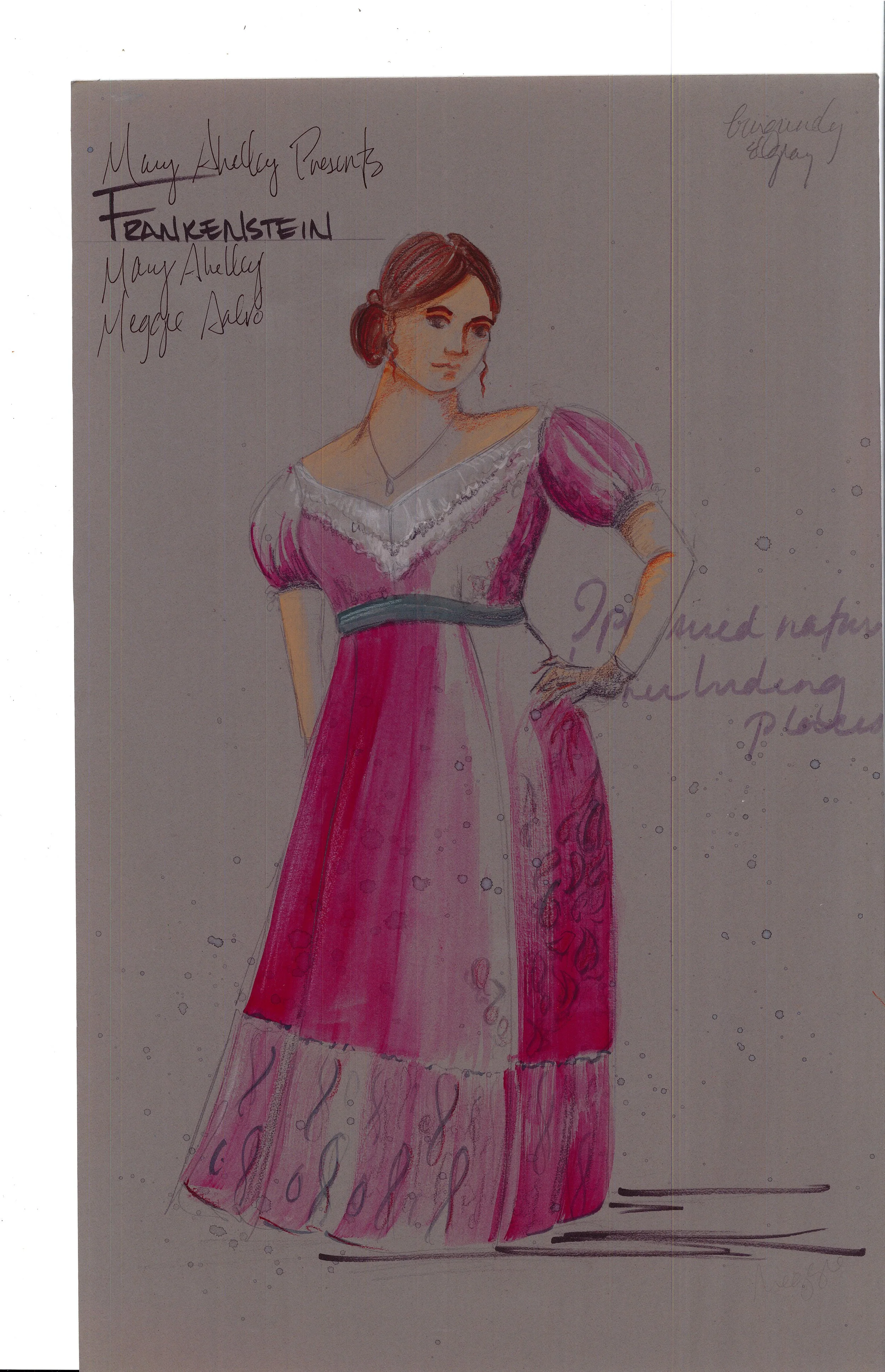
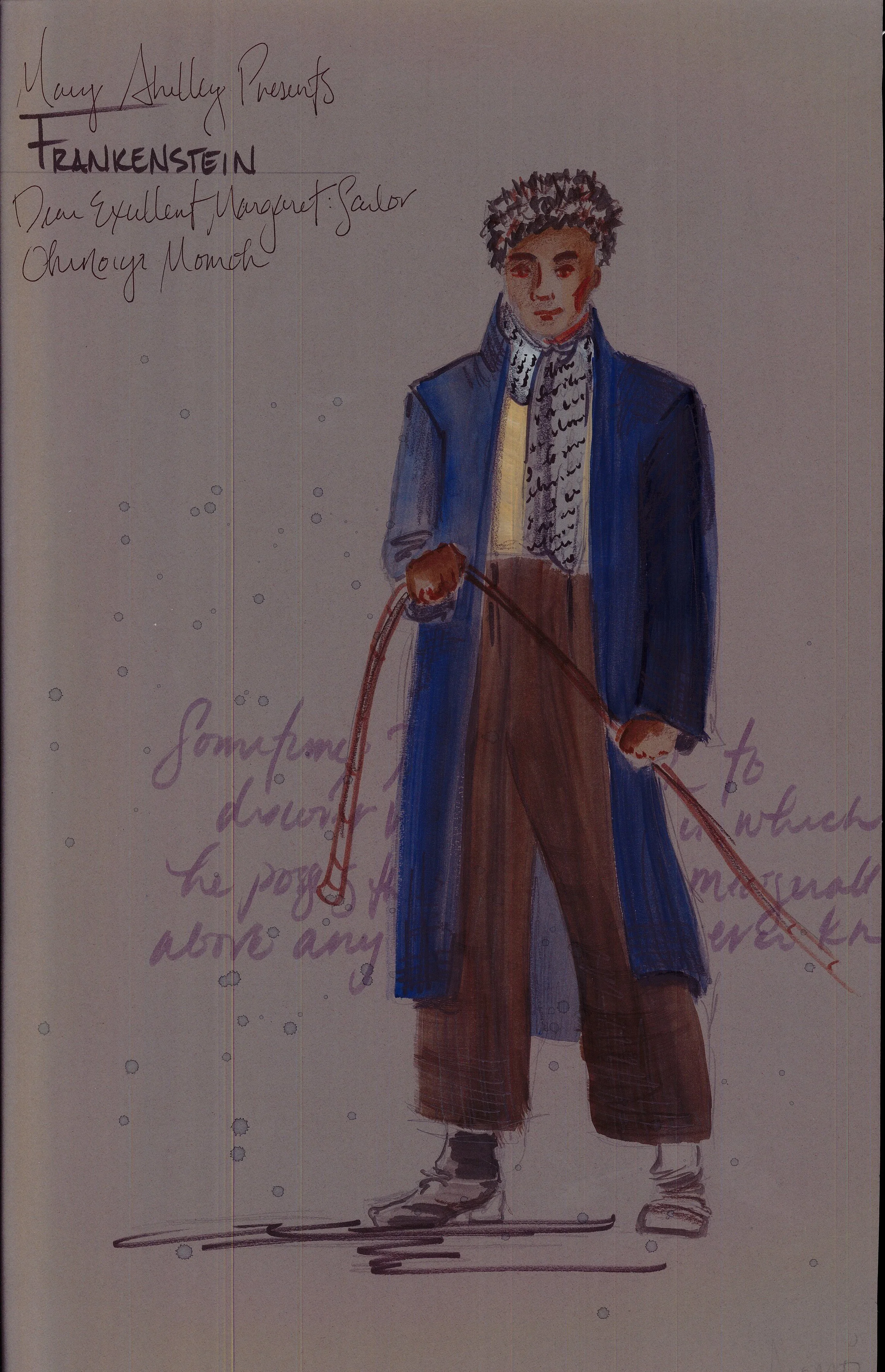





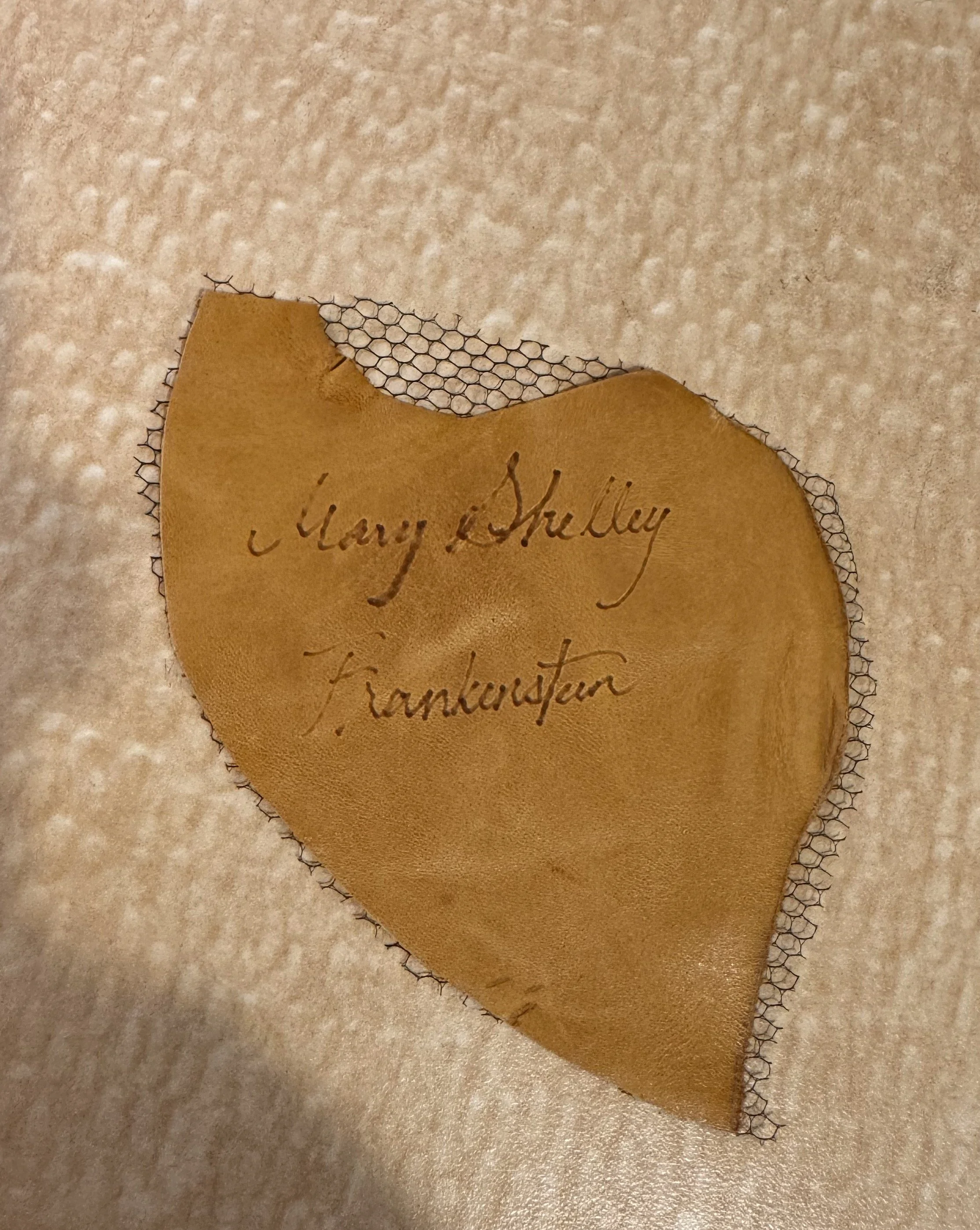
In her novel Frankenstein, Mary Shelley created a world where, despite man’s desire for control, nature ultimately claims its primary agency in society. Her tale contrasts man’s fascination with science with nature’s culminating judgment, and layers the darkness of obsession with candid desperation. This production explores how Shelley’s perspective and voice is heard throughout the story, and how the story itself changes with the fascinations of its audiences.
The structure of this production is an audience-interactive walking tour through constructed spaces that highlight ten major plot points from the novel, devised from quotes from the text in a new scriptural framework. Mary Shelley serves as the audience’s guide, and there are opportunities for the characters and audience to confront and question the author as they move through each space. The tour culminates in a dramaturgical exhibit where the audience may explore more of why and how this structure served this production.
This production relies heavily on the words of Mary Shelley– images of her handwritten manuscript appear in the costumes of each character, and appear burned into the skin of the creature in the form of its scars. This insinuates the incredible impact Shelley had on the literary genre and the idea of monstrosity, but also implicates storytelling and media in how we interpret the Other. Ultimately we are focusing on the idea of creation and evolution, and how our interaction with stories can change those narratives.
The evolution of weights, textures, and colors of the costumes replicate Victor Frankenstein’s descent throughout the story– colors grow deeper and darker, textures become more dense, and clothing is layered and drapes more heavily as we move from Frankenstein’s garden to the city, to the depths of the arctic. There are five performers playing Mary Shelley to lead the audience through the production, and each Mary captures her at a different moment in her life– spanning the years from 1815 to 1850, her silhouettes tell a bit of a fashion story themselves.
